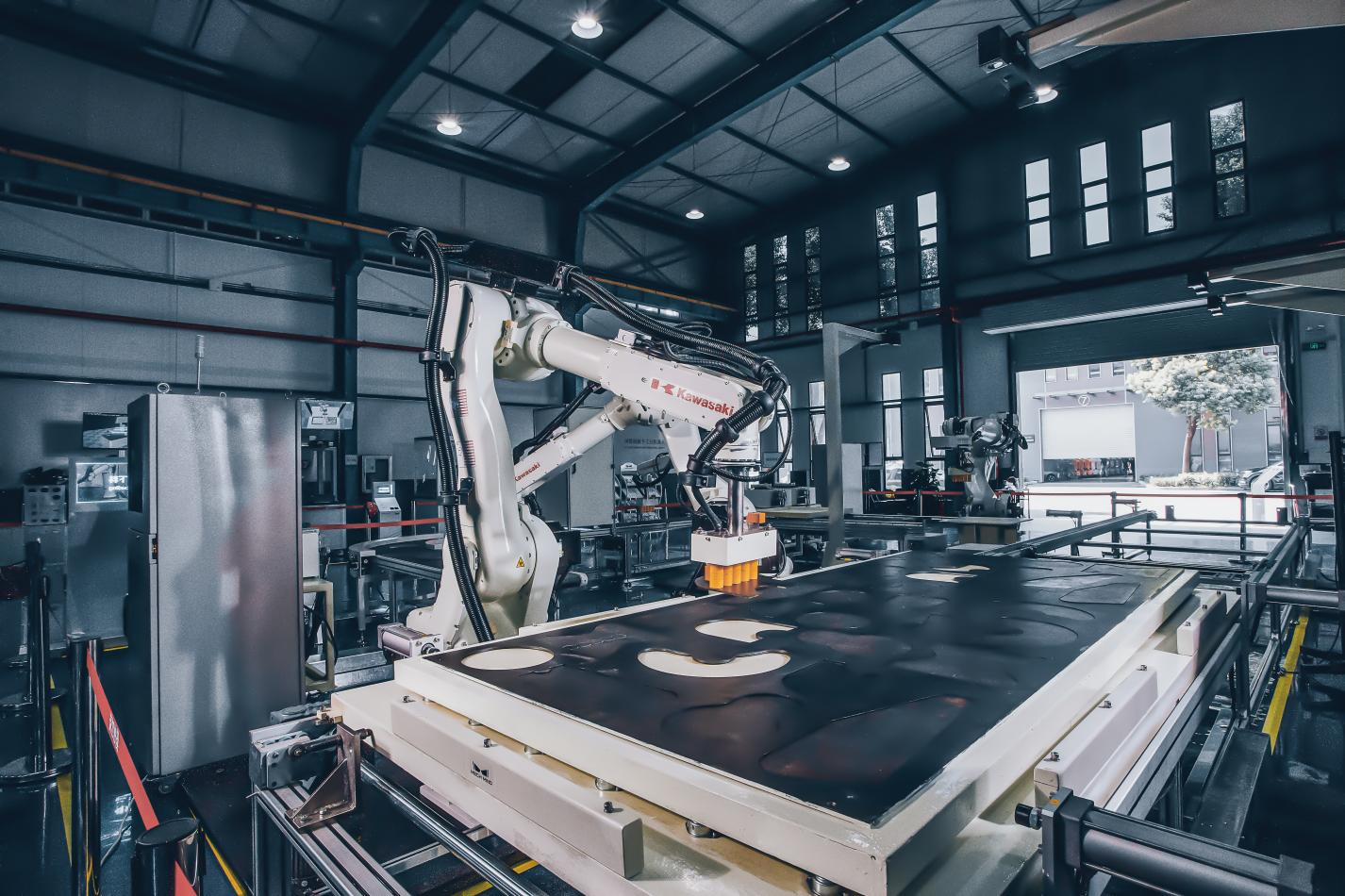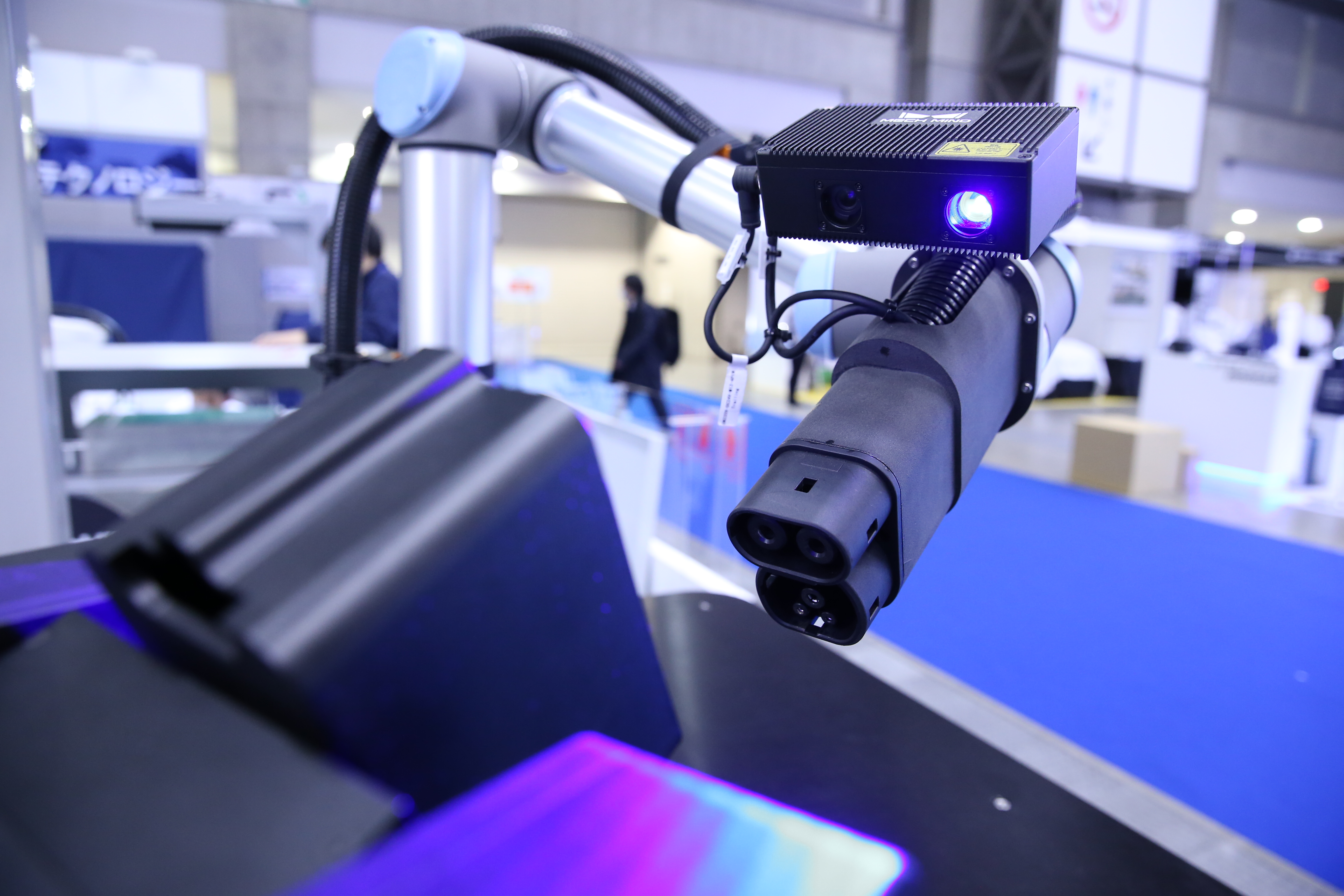Businesses are aware that automation is the future of manufacturing, and it will remain competitive in the future. However, companies need to assess which processes need automation. Automation using robots enables many businesses to refine their operations, increase accuracy and speed, and improve the overall quality of their products. One of the ways to automate processes, especially in manufacturing and production, is to utilize the capabilities of robots.
Generally, there are two types of robots that manufacturers use for their businesses: industrial robots and collaborative robots (or cobots). And while these two have similarities, these robots are unique in their own respective functions. In this article, we compare industrial robots and cobots, and help you know how to choose the right solution for your business.
What is an industrial robot?
Industrial robots are large and heavy hulking machines designed with higher work speed and accuracy. Therefore, the industrial robot is designed to perform the more intense operation for a longer time with a high-quality level and speed to increase productivity.
Advantages
● Industrial robots have a higher work speed.
● They have a higher level of accuracy and efficiency.
● They are suitable for performing tasks with a higher payload.
● Industrial robots can take many years before getting ROI.
Disadvantages
● Industrial robots have force control problems due to their heavy liftings, making them less sensitive.
● They are also less safe and therefore require safety barriers when working near humans.
Applications
Industrial robots are widely used in large companies with intense operations that require high speed and accuracy of work to improve their productivity.

What is a collaborative robot (or cobot)?
The collaborative robot, popularly known as a cobot, performs a similar function as an industrial robot. However, the cobots are lighter and smaller robots designed to work in smaller facilities requiring more flexibility and less work speed.

Advantages
● Cobots have the built-in force and some intelligent sensors that make them automatically slow down or stop their operation when someone approaches them.
● They are much more flexible and can be used to perform various tasks.
● They are light and small, occupying smaller spaces, and hence are suitable for use in smaller facilities.
● They are easy to use, program, and modify, and also cost-effective
Disadvantages
● They are unsuitable for performing intense operations with a higher payload.
● The cobot is less speedy in their operation
Applications
They are widely used in gradually developing companies that are intended to introduce industrial automation to their business.
Industrial robot vs. cobot: Which is the Right solution for your business?
There are many differences between cobot vs. robot. However, these differences can clearly be illustrated by looking at various aspects of these two machines, including the cost, simplicity, flexibility, etc.
Both industrial robots and cobots are suitable for improving work speed and maintaining a high quality of work. For this reason, they both increase production in a company by allowing the business to automate efficiently, thereby eliminating the manual processes previously used. Therefore, when choosing what is right for you between these two machines, you will have to consider their difference in terms of the following factors.
1. Cost
The cost of these two machines results in their major difference. When determining the overall cost of these machines, other factors such as maintenance and energy costs are also considered. For this reason, cobots are always much cheaper compared to industrial robots. The cobots have a smaller maintenance cost and a slightly lower ownership cost than the industrial robots.
2. Flexibility
When it comes to flexibility, it is easier to program and modify a cobot than in the case of an industrial robot. For this reason, cobots are always more flexible and can perform many functions when modified with different software, sensors, specialized grippers, and components. On the other hand, industrial robots will be limited to doing a single task it is designed to do, making them only applicable in large companies with intensive operations.
3. Simplicity
The cobots are always designed with full set components, including eco-friendly hardware and software. This makes it easy for the large companies to purchase the robots and program them easily within a short time, hence being put to work in a shorter time frame. For their simplicity, the cobots always offer many benefits to companies in increasing their efficiency and productivity. On the other hand, industrial robots may be much more complex to program and put to work. However, they will be much more suitable when designed to perform a task requiring intense and effective production.
4. Education and learning about robotics
The cobots are a better fit for education and learning about robots, as in the case of industrial robots. The cobots are light, smaller, and eco-friendly; therefore, they are considered the safest robot to use for education. They provide an easy-to-understand learning curve and are free from injury risks.
5. High-speed work
Industrial robots always have a higher work speed when under operation, making them suitable for performing intense operations in large companies. On the other hand, the cobots are less speedy and hence may not be suitable for operations that require a higher speed of work.
6. High accuracy and precision
Industrial robots are always known to have a higher level of accuracy and precision as compared to cobots. Industrial robots achieve their high level of accuracy by being designed to perform similar work for a longer period and cannot be easily modified.
7. Payload work
When it comes to payload work, industrial robots are the best. They have a higher work speed with greater quality and accuracy in their operation, making them suitable for higher payload work compared to less speedy cobots.
8. Force
The industrial robots have greater forces that make them suitable for making heavy liftings due to their larger size compared to lighter and smaller cobots.
9. Sensitive work
The cobots always have a greater sensitivity to work. Industrial robots always face force control problems due to their larger size, making them less sensitive to work.
10. Explosive environment
The cobots are eco-friendly and can safely work near animals and humans as they have inbuilt sensors that automatically stop them when a human approaches them. On the other hand, you will need to maintain a safety barrier when working with industrial robots.
The Mech-Mind way
Robotics play a vital role in manufacturing automation, and using robots gives businesses a competitive advantage. Mech-Mind provides solutions and products geared towards innovation and advanced robotics. You need to identify which robot would work best for your processes, industrial robots or cobots, which is why Mech-Mind is here to help.
Mech-Mind Robotics is currently the leading provider of industrial 3D vision cameras, machine vision software, and intelligent robotic solutions. To know which Mech-Mind 3D vision solutions match your business needs, consult our experts today!